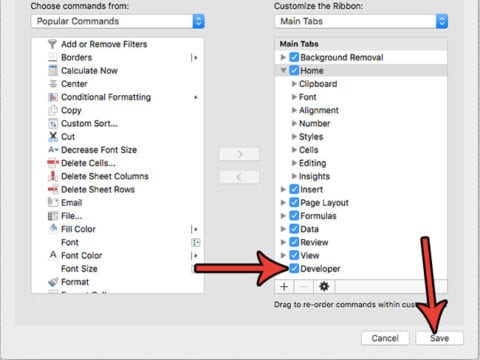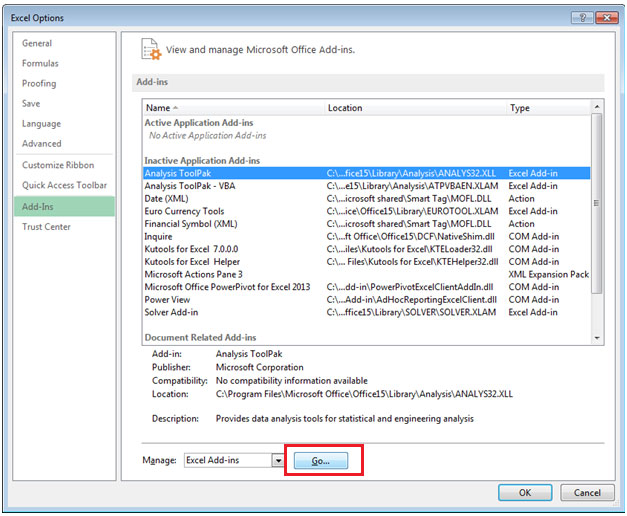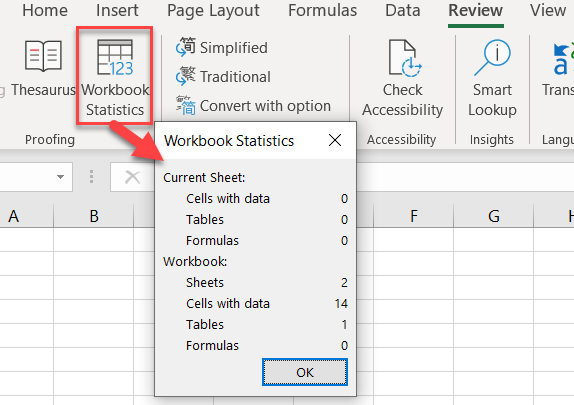
- MICROSOFT EXCEL ADD INS FOR MAC CODE
- MICROSOFT EXCEL ADD INS FOR MAC MAC
- MICROSOFT EXCEL ADD INS FOR MAC WINDOWS
You can remove a previously sideloaded add-in by clearing the Office cache on your computer. Verify that your add-in is displayed in Word. Sideloaded add-ins are listed under the Developer Add-ins heading in this menu. They are only visible within the drop-down menu (small down-arrow to the right of My Add-ins on the Insert tab). Sideloaded add-ins will not show up in the My Add-ins dialog box. In Word, choose Insert > Add-ins > My Add-ins (drop-down menu), and then choose your add-in. Copy your add-in's manifest file to this folder. Open the folder in Finder using the command open. For PowerPoint: /Users//Library/Containers//Data/Documents/wef.For Excel: /Users//Library/Containers//Data/Documents/wef.For Word: /Users//Library/Containers//Data/Documents/wef.If the wef folder doesn't exist on your computer, create it. Open Terminal and go to one of the following folders where you'll save your add-in's manifest file. On the top of the Finder window, click on Files, and then locate Excel or Word.įrom a different Finder window, drag and drop the manifest.xml file of the add-in you want to side load onto the Excel or Word file in the first Finder window. In Finder, under Locations, choose the iPad icon below the menu bar. You may also be asked if this is a new iPad or if you're restoring one. If you're connecting the iPad to your computer for the first time, you'll be prompted with Trust This Computer?. Use a sync cable to connect your iPad to your computer.

MICROSOFT EXCEL ADD INS FOR MAC MAC
With the introduction of macOS Catalina, Apple discontinued iTunes on Mac and integrated functionality required to sideload apps into Finder. Sideload an add-in on Excel or Word on iPad using macOS Catalina (On the Insert tab, you may need to scroll horizontally until you see the Add-ins button.) Your sideloaded add-in is available to insert under the Developer heading in the Add-ins UI. If the Excel or Word app is already running, choose the Home button, and then close and restart the app.Ĭhoose Add-ins on the Insert tab. xml file of the add-in you want to sideload. On the right side of iTunes, scroll down to File Sharing, and then choose Excel or Word in the Add-ins column.Īt the bottom of the Excel or Word Documents column, choose Add File, and then select the manifest.

Under Settings on the left side of iTunes, choose Apps.
:max_bytes(150000):strip_icc()/002_Checkbox_Excel-cd94f28871f646338d87a544684a57bf.jpg)

In iTunes, choose the iPad icon below the menu bar. Sideload an add-in on Excel or Word on iPad using iTunes xml file for the add-in you want to test.Ī Mac running OS X v10.10 "Yosemite" or later with Office on Mac installed. If you're running macOS Catalina, iTunes is no longer available so you should follow the instructions in the section Sideload an add-in on Excel or Word on iPad using macOS Catalina later in this article.Īn iPad running iOS 8.2 or later with Excel or Word installed, and a sync cable.
MICROSOFT EXCEL ADD INS FOR MAC WINDOWS
Prerequisites for Office on iOSĪ Windows or Mac computer with iTunes installed. To sideload an Outlook add-in, see Sideload Outlook add-ins for testing.
MICROSOFT EXCEL ADD INS FOR MAC CODE
This action won't enable you to set breakpoints and debug your add-in's code while it's running, but you can see how it behaves and verify that the UI is usable and rendering appropriately. To see how your add-in will run in Office on iOS, you can sideload your add-in's manifest onto an iPad using iTunes, or sideload your add-in's manifest directly in Office on Mac. Sideload Office Add-ins on iPad and Mac for testing


 0 kommentar(er)
0 kommentar(er)
